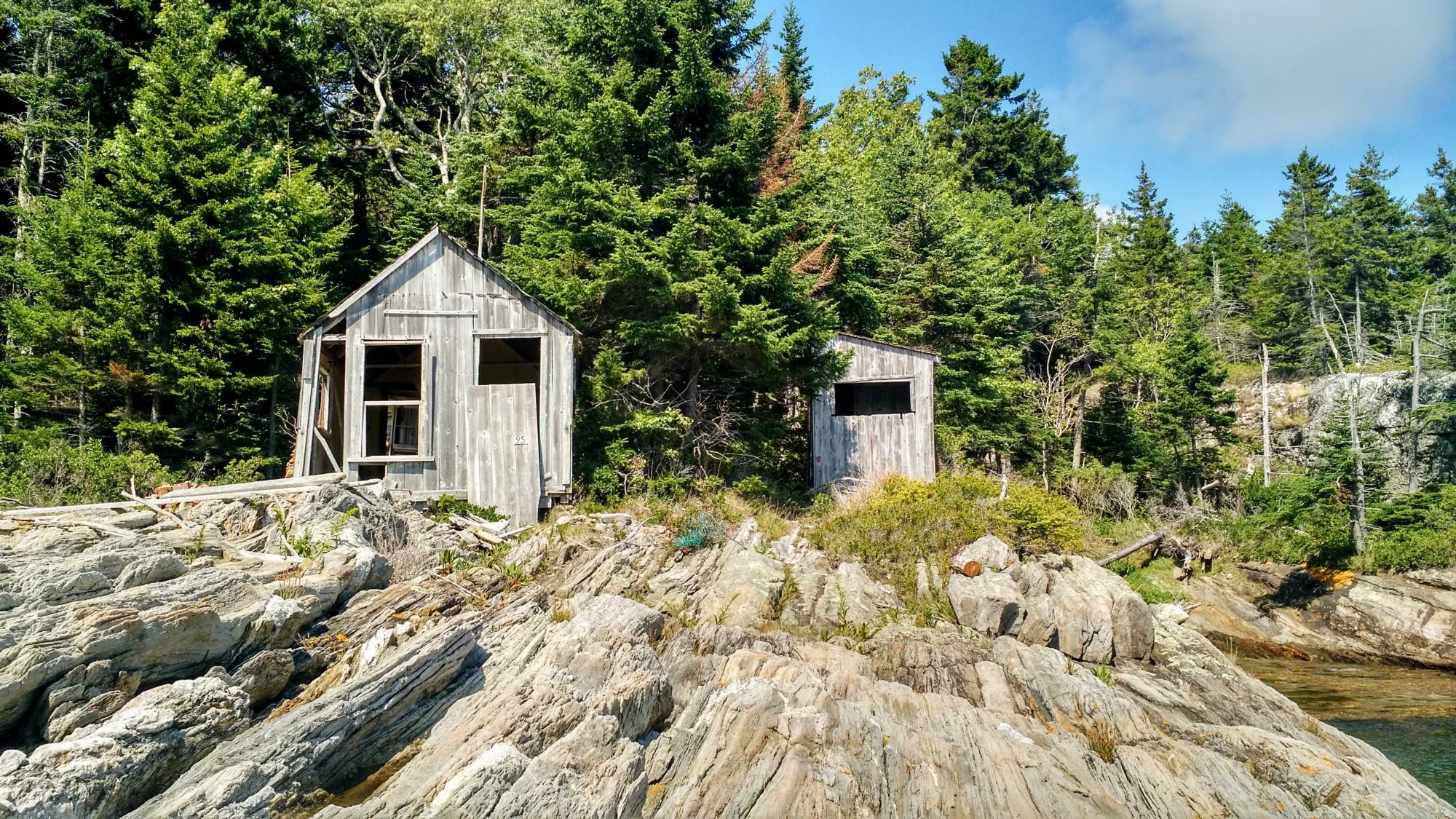John Marin
I feel destined to write about John Marin. As much time as I’ve spent telling his story already, I’ve barely scratched the surface. I’ve been aware of Marin all my life, before any other artist, and my interest in his life and work has never waned. I’m sure it’s because of Marin that I write about the arts in Maine.
Marin came to Maine for the first time in the late summer of 1914, a year after he exhibited his paintings in the Armory Show in New York. He was part the wave of Modernism, and came to Maine in the tradition of other New York artists, in search of the authentic. He stayed in a small cabin on the southern tip of a private island off the coast of Phippsburg -- specifically, off the village of West Point where the New Meadows River opens into the Atlantic.
It was Marin’s first time in Maine, his first time struggling with a boat, his first time swatting mosquitos -- “the Hell pest of this country, morning, noon and night,” he called them -- and his first time scrambling up wet, slippery rocks.
Marin would return to Phippsburg, but never again to Carrying Place Head island. He came to Maine nearly every summer after that, and eventually settled far up the coast in the village of Cape Split.
It so happens, my grandfather’s uncle owned the island, and Marin would have worked out the arrangements for his six-week stay with my grandfather’s Uncle Walter. My grandparents, who lived in Newton, Mass., were frequent visitors to Carrying Place Head, and purchased it from Uncle Walter a few years before the United States entered World War II. In doing so, they created not just a destination for what is now four generations, but a spiritual anchor and near-sacred ground around which most important things in my family revolve.
Marin’s cabin still stands, barely. It’s 15 feet from high water and has been badly damaged by hurricanes and nor’easters in the century since Marin stayed there. But Marin’s paintings from his time on the island very much survive and are exhibited often. The first time I saw one was at the “Maine Moderns” exhibition at the Portland Museum of Art. I recognized Marin’s view of the village as the place where my brothers and I built our tree hut.
As a kid, I knew of Marin as this mysterious painter who once lived in the cabin on the point. He was a mythical, mysterious figure, an artist from the foggy past who lived here one time when. As I got older and learned more about art, I recognized his stature and began to realize that Carrying Place Head was an important place not just in Marin’s creative life, but in the history of American art.
Marin painted here, and the paintings he made here launched a new direction in his art and changed how he saw the world. Maine reordered his priorities and his vision, just as it reordered mine. I’ve sat on the same rocks, beheld the same stars and experienced the same awe.
Marin has always held my imagination, probably because I’ve always been able to imagine him on the island. I know what’s it’s like to live there. I know where he had to go to get fresh water from the well and where he moored his boat. I know how the fishermen talk and what their voices sound like across the water.
I want to continue to write about Marin and the six weeks he spent on Carrying Place Head in late summer 1914. There’s a story to be told about that cabin and the paintings that happened there.

